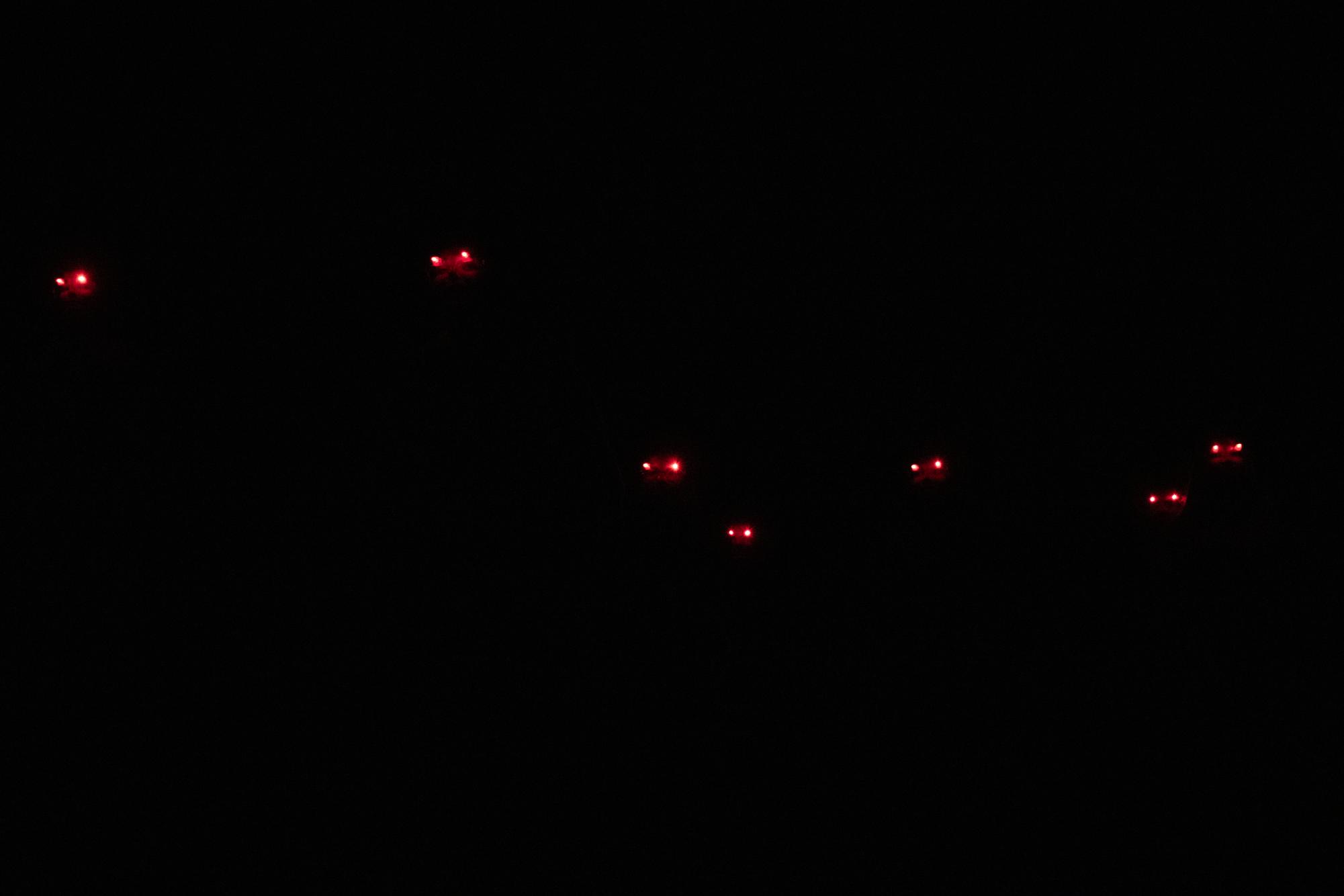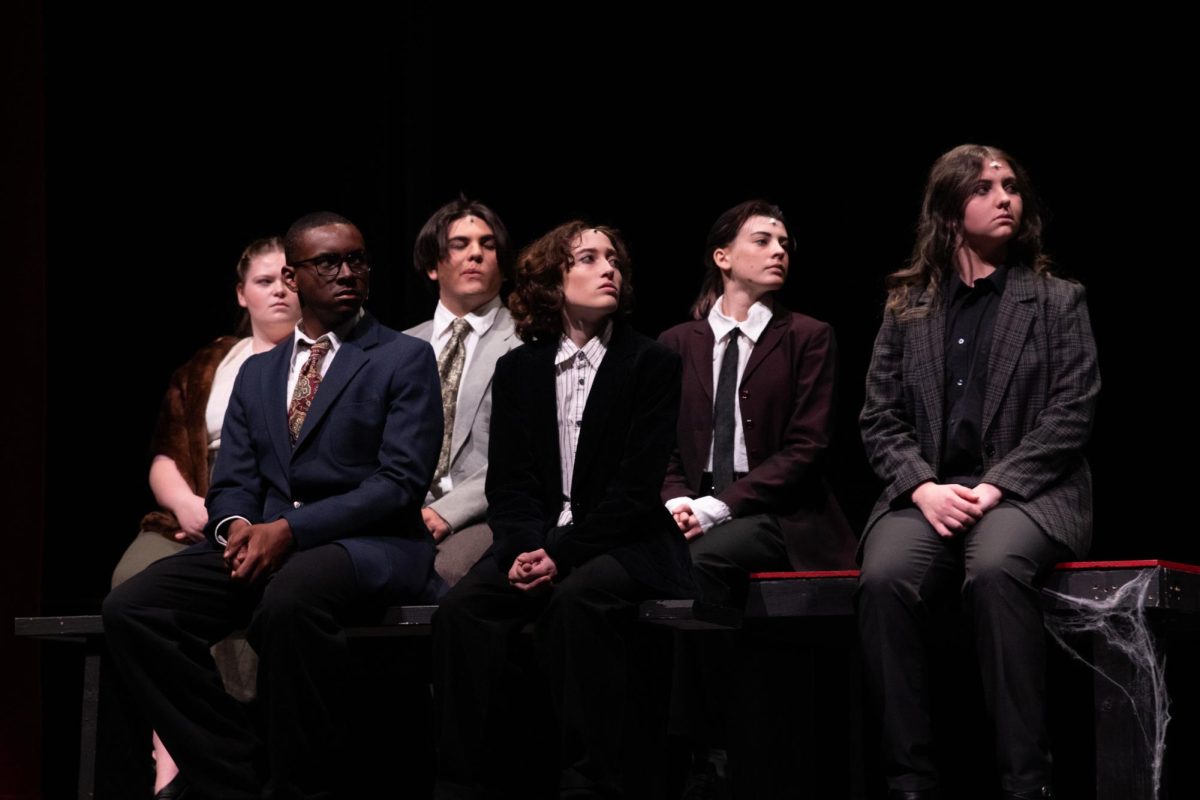Opening night.
An anxious 455 audience members settled in their cushioned seats, relieved after waiting in the interminable ticket line. They had to wait in the lobby longer than usual, due to some electrical issues in the theater, according to the director.
Their unease settles back, however, as the lights around them start to flicker, and eventually settle into darkness. Around them an announcements rings, urging them to “embrace” the adrenaline, that it is part of the performance.
Darkness mirrors the relative ignorance of the audience. For, those seated in the theater know nothing about what they are about to see, other than the title, newly printed in the program: “Trap”.
A spotlight, and thus begins the play.
Trap’s opening night here on Oct. 24 set a new record for a play’s attendance, and a new standard of audience engagement. The play itself works first as a mystery and then a horror, wrapping around itself until the audience feels the constriction of a reality: the plot of the play is actually happening during the play itself.
Audience members were lent the ability to follow along and participate, following the story from the 1950s to a series of interviews and documentaries that in theory took place modern-day. Lighting was used effectively to spotlight each actor, and sounds of foghorns radiate along the circumference of the theater.
The plot surrounded a circumstance a year before in which an audience fell unconscious in a theater during a production of a high school play called “Trap”, soon to be found to be lent to creatures called “pharanochs”. The twist ending of the play concluded in the actualization of the news story being acted out in the current production, inciting fear of first the observer, and then the participant within the audience.
The theater had never seen such audience engagement. The members acted like detectives, piecing together the puzzle until it was too late.
“At each moment I was jumping out of my seat to drink in all the details and figure out what was going on in the play before {the actors} told us,” audience member Tanmayee Gogineni (10) said. “My mind was all over the place that night and I personally loved feeling that way!”
Kayla Kroehnke (11), also recalls the thoughts she had while watching the play unravel.
“I remember thinking…‘Oh no, this is gonna have a huge plot twist, I just know it,” Kroehnke said.
Those working on the play itself were incredibly impressed by the audible response the audience had, especially during the few final scenes.
“I loved seeing people’s jaw drop as they saw what was happening and was slowly figuring it out, or people’s frantic checking of the programs when a cast member directly mentioned something written inside of it,” crew member Oliva Cain (11) said.
Nearing the end of the play, nervous laughter crescendos into screams as actors and crew members alike flooded the blackout of the theater, red eyes flickering one at a time, and then dozens.
Sebastian Tabers (11), who played Sergeant Brock among other characters in “Trap” shares how he was surprised about the audience reaction.
“I didn’t expect the audience to scream, especially on the first night, it was amazing to see everyone get so engrossed into the play,” Tabers said.
The plot of the play itself is varied, and almost indescribable, other than the meta form by which the platform the performance takes uniquely situated for high school students. The passion of the actors and crew was evident throughout the performance, with each detail and pronunciation intentional, if subtle.
Ultimately, the show ran for three nights, with a variety of audience members, including theater troupes from other schools, all invested in the capacity for engagement the show provided.
The play was a success, both quantitatively and qualitatively, and one to remain ensnared within the history of Liberty theater forever.





